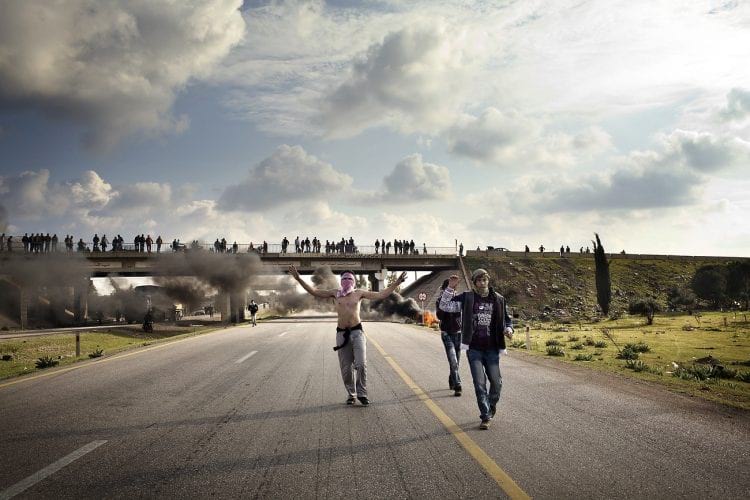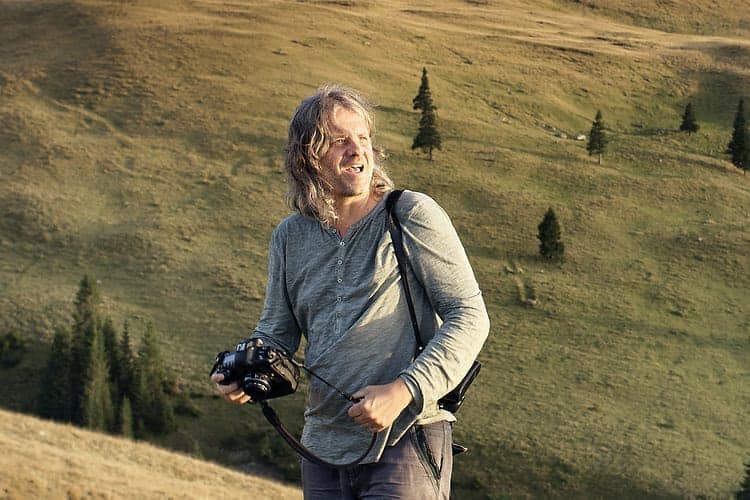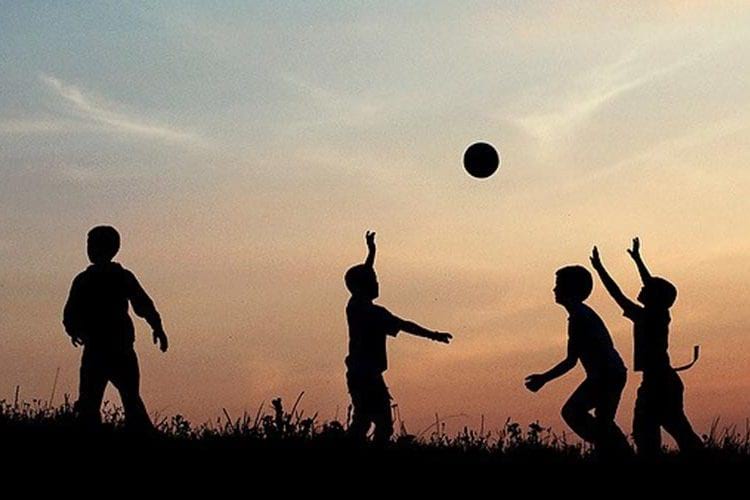From the outset of his career as a documentary photographer, through assignments that took him to Syria, Tunisia and Egypt, Romanian born Mugur Varzariu understood the importance of the work he had undertaken, and promptly made the choice that would shape the future of his photography.
“I could either follow everyone else or follow my conscience,” he explains. “I felt the gravity of my pictures on the one hand, and the suffering of the people I was taking pictures of on the other. So I had to find another way to operate.”
Consciously choosing not to join the trend of photojournalists jumping from one story to the next, he began to seek out the stories that go untold and to go deeper into his subjects than the superficial contact the industry normally allows.
Since then he has balanced his journalistic objectivity with a personal need to tell the stories of those left behind, the unrepresented ones existing forgotten or ignored on the edges of our societies. Prostitution, human trafficking, abandoned children, issues of the elderly, obesity, Holocaust survivors and post communist era social issues have all been brought to wider attention by Varzariu’s work.
His dedication to social issues, most notably the difficulties and discrimination facing the Roma ethnic minority in his own native Romania, has resulted in having the status of Human Rights Defender conferred upon him by Amnesty International.
He continues to juggle corporate assignments and shoots for magazine clients, with his largely voluntary work on humanitarian issues. “When I work I am constantly aware of the economic pressures on me as a family man,” he explains, “ and “I refuse to waste the time and suffering of my subjects by not being prepared. Working with those principles in my mind means I never, ever squander an opportunity, I must get the job done, for their sake and for mine.”
Over the years that have passed since his initial encounters with Roma communities he has racked up thousands and thousands of kilometres and invested his life into making their story heard. His observation of events and discriminatory practices against the Roma have brought the stories into the open, and on occasion his mere presence has been enough to avert catastrophic consequences for the communities.
In the North western Romanian city of Baia Mare for example, Varzariu arrived to witness and document the evacuation and demolition of a Roma settlement known as Craica, on the outskirts of the city his presence alone was enough to halt the liquidation of the settlement. “When someone is doing something they shouldn’t be doing, the last thing they want is someone else watching, let alone taking pictures.” A decade later the settlement is still standing. The Roma who live there still manage to call it their home, thanks to his presence on that day and his ongoing commitment to ensuring that the people are properly informed and legally supported. Even, when Roma NGO’s had proved ineffective at representing the community Varzariu took on that role himself at consultations and legal hearings. “Something had to be done…I put down my cameras and stood up, because somebody needed to stand up.”
He also witnessed the eviction of Roma people in Eforie Sud in 2013, finding an entire community including more than 100 children huddling without shelter in torrential rain on the shores of the Black Sea. The Mayor who had overseen their eviction had publicly stated that the Roma would stay for a while in the open air, then go away, like dogs after the demolition of a butchers shop. “I was aware that my reports would be ignored by the Romaphobic authorities and society at large. So what could I do? Take pictures and then go away leaving the people in the open? No, I had to do something, so I alerted Amnesty International, Save the Children and The Red Cross.” With these internationally recognized heavyweight NGO’s behind the issue the Roma were given shelter in a disused school building and a series of converted shipping containers.
The trust that he has earned amongst the Roma minority allows him to operate within the communities in a way that no other journalist can, enabling him to work on little understood or misrepresented aspects of Roma life such as migration, access to aid, healthcare and education as well as cultural aspects such as rituals and beliefs.
His work on the Roma goes beyond field assignments as he strives to change attitudes amongst young people by giving lectures and presentations in schools and colleges, hoping to shift opinion and prevent the continuation of Romaphobia being the last acceptable form of Racism in his native Romania, across Europe and indeed the world.
“For me, in order to visit a community, it’s not aesthetics that matter but rather the abuses. I’m not there to take a picture, but to report an injustice.”
“I have never lost my objectivity,” He says, “I became involved with the Roma because I am human and what I witnessed was wrong and is wrong and I could do something about it. Believe me on the day that the authorities do something positive for the Roma I will be there, bringing that story to the attention of the world, but until now the stories are only sad ones.”


